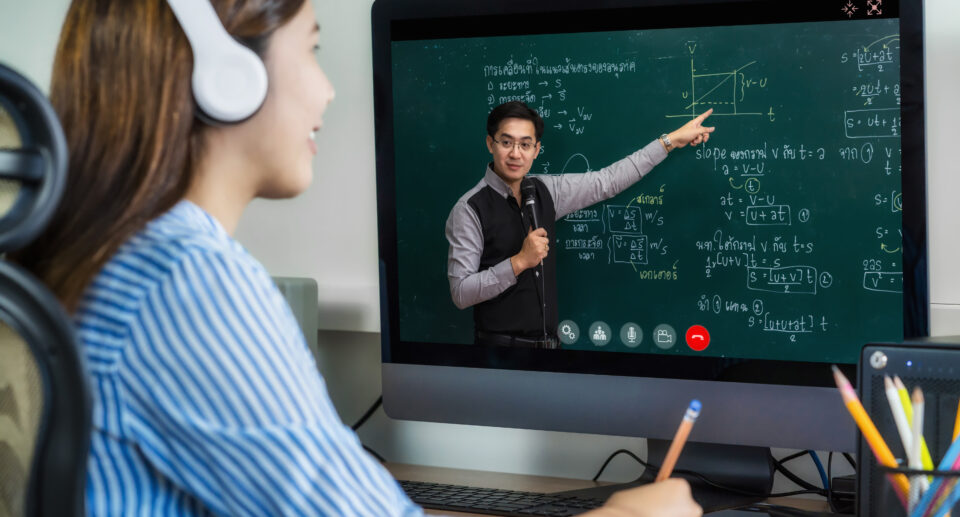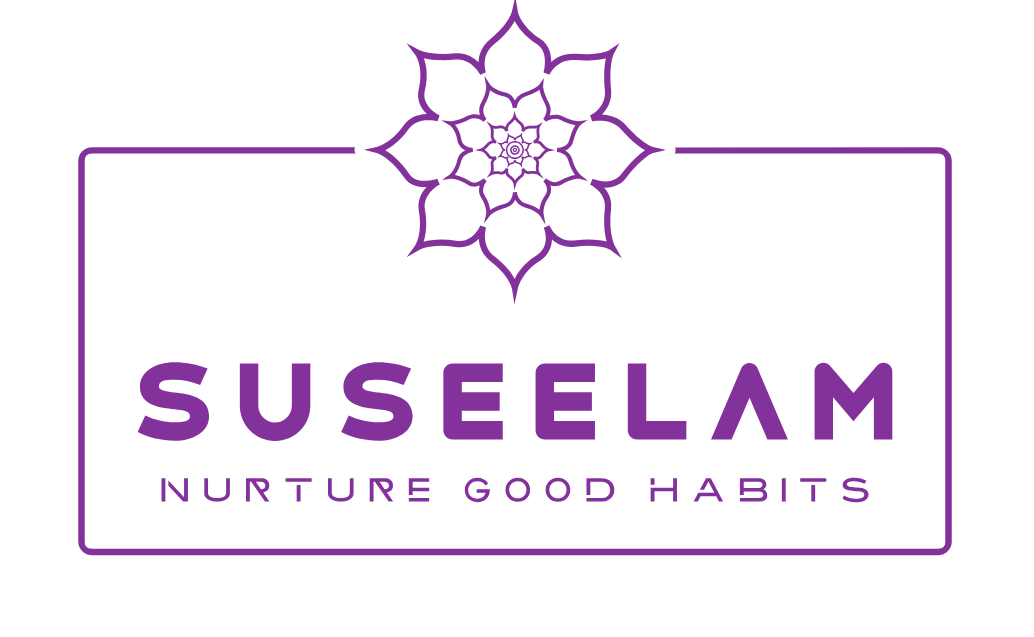Blended Learning: Transformative Insights to Ignite Skills, Passion, and Purpose in Education

In a rapidly evolving world, the need for adaptable, resilient learners has never been more pressing. Traditional, one-size-fits-all educational models are often ill-suited to nurture the diverse talents and interests of students. Enter blended learning—a model that combines the strengths of both face-to-face and digital instruction, encouraging students to discover personal interests, build skills, and grow their confidence and passion for lifelong learning.
This article explores how blended learning fosters self-discovery and personal growth and offers progressive ideas to implement blended learning effectively. Through real-life examples, we’ll see how blended learning can reshape educational experiences to inspire purpose-driven, self-motivated individuals.
Table of Contents
The Value of Blended Learning in Developing Passion and Skills
Blended learning integrates in-person teaching with online tools, creating an environment that is both interactive and individualized. Unlike traditional methods that may overlook individual student interests and strengths, blended learning offers a flexible framework that adapts to each student’s unique needs. It creates opportunities for students to delve deeper into subjects that resonate with them, building both expertise and a love for learning.
This model goes beyond academics; it’s about empowering students to explore who they are and what they’re passionate about. When students are given the space to pursue their interests, they are more likely to cultivate skills that contribute to their future success.
Encouraging Students to Discover Personal Interests and Talents
Imagine a high school science class that operates on a blended learning model. Each week, the teacher introduces a broad topic, such as renewable energy or biodiversity. Students are encouraged to explore a specific aspect of the topic that interests them through online resources, videos, and interactive simulations. One student might dive into the science behind solar panels, while another might focus on the effects of deforestation on local ecosystems.
Blended learning allows these students to personalize their educational experience, fostering curiosity and promoting independent research skills. By providing the freedom to explore, students not only gain knowledge but also uncover personal interests that could guide their academic and career choices. The sense of agency in their learning journey builds confidence and enthusiasm.

Building Confidence and Lifelong Learning Through Choice and Flexibility
In a blended learning setup, students often have greater autonomy over how they learn. Some students might prefer to watch recorded lectures, while others thrive in live discussion-based sessions. For example, a college-level blended learning course might offer weekly content through interactive videos, digital quizzes, and online group projects. Students are given the flexibility to engage with materials at their own pace, allowing them to explore topics in greater depth and strengthen their problem-solving skills.
This personalized approach helps students to realize that learning is a tool for self-development, not just a means to pass exams. By providing multiple pathways to understanding, blended learning builds confidence in each student’s ability to learn independently and adaptively—key skills for lifelong learning.
Fostering Purpose in Education: Real-World Application and Collaboration
Blended learning also emphasizes real-world application, which helps students understand the value of their studies beyond the classroom. Let’s consider a middle school history class where students learn about global cultures. Instead of a traditional lecture, students are encouraged to select a culture of interest and collaborate with international students through an online exchange program. They might watch documentaries, participate in virtual tours of historic sites, or conduct video calls to learn directly from people within the culture.

Through this type of blended learning, students develop cultural awareness and empathy, helping them see the broader purpose of education. The opportunity to apply their knowledge in a real-world context gives them a sense of purpose and connects classroom learning to meaningful outcomes.
Progressive Ideas for Blended Learning Implementation
Gamified Learning for Skill Development:
Gamified learning can be an exciting element of blended education. By incorporating game mechanics, students gain technical and soft skills in an enjoyable, engaging manner. Platforms like Kahoot! and Quizlet offer quiz-based learning experiences that can be customized to match student interests. A class studying mathematics might use a game-based platform where students earn points or badges by solving real-world financial math problems, thereby linking skills to real-life scenarios.
Self-Directed Learning Projects:
Encourage students to engage in self-directed projects on topics of personal interest. For instance, a high school student interested in environmental conservation could undertake a project to study local wildlife and present their findings through an online portfolio, video, or blog. Teachers can guide these projects with online resources, feedback sessions, and virtual tools, empowering students to dive deep into topics they’re passionate about.

Peer-Led Learning Opportunities:
Blended learning platforms also make it easier to implement peer-led learning. A group of students studying a foreign language could create video tutorials, write vocabulary flashcards, and host virtual practice sessions. This cooperative approach encourages students to take ownership of their education, reinforcing their confidence and enhancing their interpersonal and leadership skills.
Incorporate Virtual Internships and Job Simulations:
For older students, virtual internships and job simulations offer a bridge between education and the workplace. Platforms like Nepris connect students with industry experts for online mentoring sessions, while websites like Forage offer free virtual internships. For instance, a student passionate about healthcare could complete a simulated internship with a hospital, giving them insight into the field and helping them clarify their career goals.
Georgia State University’s Success with Blended Learning
Georgia State University (GSU) offers a remarkable example of the transformative potential of blended learning. Through the adoption of adaptive learning platforms, GSU identified struggling students early on and provided tailored resources and tutoring options. This blended learning approach led to a noticeable increase in student retention and graduation rates, particularly among underrepresented and first-generation college students. Students not only gained academic support but also discovered new strengths and interests, fueling their passion for learning and personal development.
Conclusion: Creating Purpose-Driven, Passionate Learners
Blended learning is not just a pedagogical trend; it is a powerful approach that nurtures the unique potential of each student. By creating a learning environment that is flexible, engaging, and relevant, blended learning encourages students to discover their talents, build confidence, and develop a purpose-driven mindset. In a world where adaptability and self-motivation are increasingly important, blended learning equips students with the skills and passion they need to navigate a lifetime of learning and personal growth.
As educators and institutions continue to embrace blended learning, they contribute to a future where students are not just prepared to succeed academically, but are also empowered to pursue their passions, engage with purpose, and approach learning as a lifelong journey.
#BlendedLearning
#EducationInnovation
#LearningRevolution
#EdTech
#SkillBuilding
#PassionForLearning
#PurposefulEducation
#TransformativeLearning
#FutureOfEducation
#LearningInsights
#StudentEngagement
#HybridLearning
#21stCenturySkills
#EducationForAll
#InspireLearning
#LifelongLearning
#EdTransformation
#DigitalLearning
#TeachWithPurpose
#EmpoweredEducation





